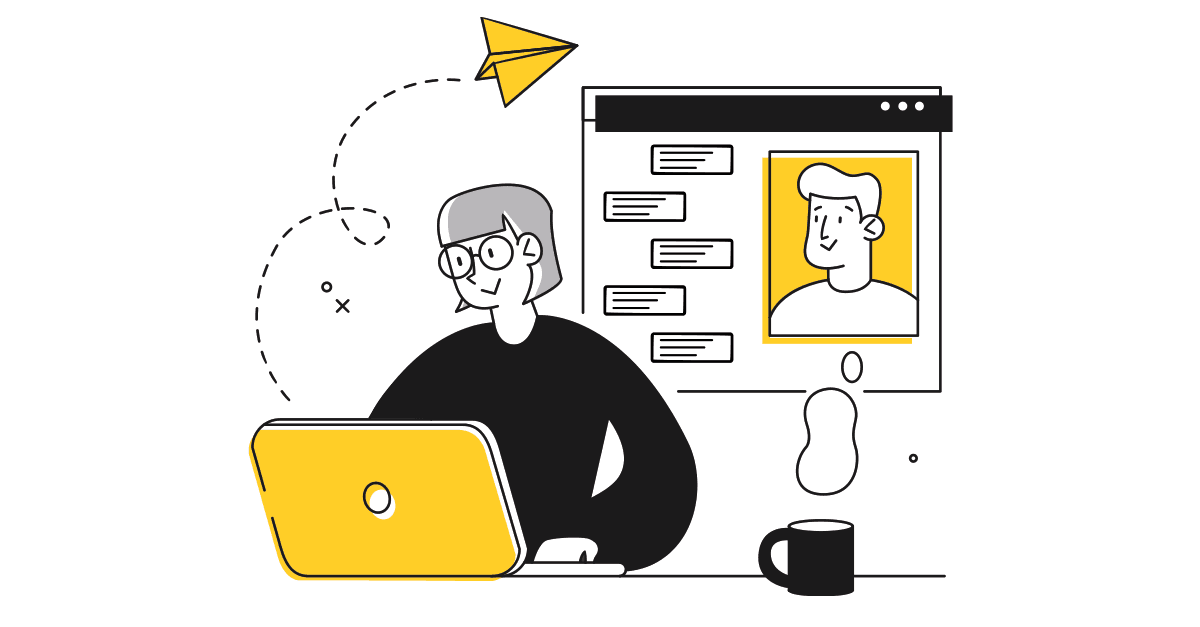Believe it or not, emails have been around for nearly 50 years. Over this time the number you receive in your inbox has increased significantly, including lot of noise and clutter. This is why you should think carefully about who you’re writing to, how you communicate and what you say.
Let’s break this down into sections. Think about the different elements of your email. Each stage is an opportunity to keep your reader engaged. This is important because if you don’t achieve this, you will quickly lose them to the next email on their list.
Make your subject heading count
There is a famous quote from the advertising guru David Ogilvy –
David Ogilvy
On average, five times as many people read the headline as read the body copy. When you have written your headline, you have spent eighty cents out of your dollar.
This refers to writing an advert. But why not think about your email subject heading in the same way? If there was a magic formula for writing these headings I guess we would all be using it. Instead, let’s think about what’s important.
The target audience has to be your starting point. Who are you communicating with and why? Think about it from their perspective. What problem are you solving and what’s in it for them? If you can answer these in a short sentence, you will have the opportunity to tell them more.
The type of headings you can create include offering a promotion, arousing curiosity or leading with a benefit. You can add an ‘urgency’ message with any of these and they can be adapted so they are personal to the reader.
Some email examples:
Biscuiteers – promotion with urgency
Subject: Hurry, there’s still time to get 10% off!
Hotel Chocolat – curious with a personal touch
Subject: Ways to say thank you, Tim
Now TV – leading with a benefit
Subject: Want to watch the latest Box Sets in full HD?
Another technique is to use images, symbols or punctuation to make your email stand out. This one is combined with a promotion:
Cottage Stay UK
Subject: 🎉 Happy New Year! 🎉 Save £145* off Easter breaks
One area to avoid is using labels for your heading. Everyone’s done it – headed up an email with the title of your event report or ebook. This is great, but it doesn’t tell the reader why it’s relevant to them or give them the motivation to find out more.
Preheader text to tell them more
When you view your emails there is a preview section where you can read the first line, similar to Google search. This is why it’s important to front-load your message using relevant words to tell them more.
Don’t assume your reader will stay with you throughout the email. They will want to understand what it is you’re telling them as quickly as possible. Think of the preheader as an extension of your heading.
And remember – not every email is viewed on a computer screen. Mobile devices are part of our culture and are used to catch up on emails. This gives you even less space to get your message across and even more reason to be succinct.
Body copy as the main event
Once your email has been opened you don’t want to put your reader off. As with any digital channel, skim reading is prevalent so bear the following tips in mind:
- Avoid large chunks of text – it’s very off-putting for the reader and most will not bother to read much of what you’ve sent them
- Don’t be tempted to fill the page with words, learn to love the white space on a page
- Break up the copy using sub-headings, you can still use these in emails along with short paragraphs
- Avoid jargon, as this can annoy the reader and make your copy hard to read
- Use simple words, a language that conveys your message the first time
The design and how you lay out your email are equally important. Easy-to-absorb chunks of text can be laid out in columns so the reader can choose where to go, while images will add interest and human faces – a personal touch.
Take action as a result of reading your email
To finish off your email you need a clear call to action (CTA). What do you want your audience to do as a result of reading your email? Don’t give them multiple options. You’ll just confuse them and no action will be taken.
Several techniques can be used to generate action. You can instil urgency in your message by putting a limited period on the offer, making it the last chance to respond or simply say ‘hurry’. The feeling of exclusivity is another option where you can talk about availability only being for subscribers or to ‘pre-order’.
Visually you can represent action. Using arrows or a button can encourage readers to respond. Just make it clear to them what they are responding to. For example, rather than simply saying ‘check’ make it ‘check availability’ or ‘book’ say ‘book now’ or ‘book early’.
When you write an email, always challenge yourself with your customer in mind. Answer three simple questions – is it relevant to me, is it of value to me and do I know what to do next?



